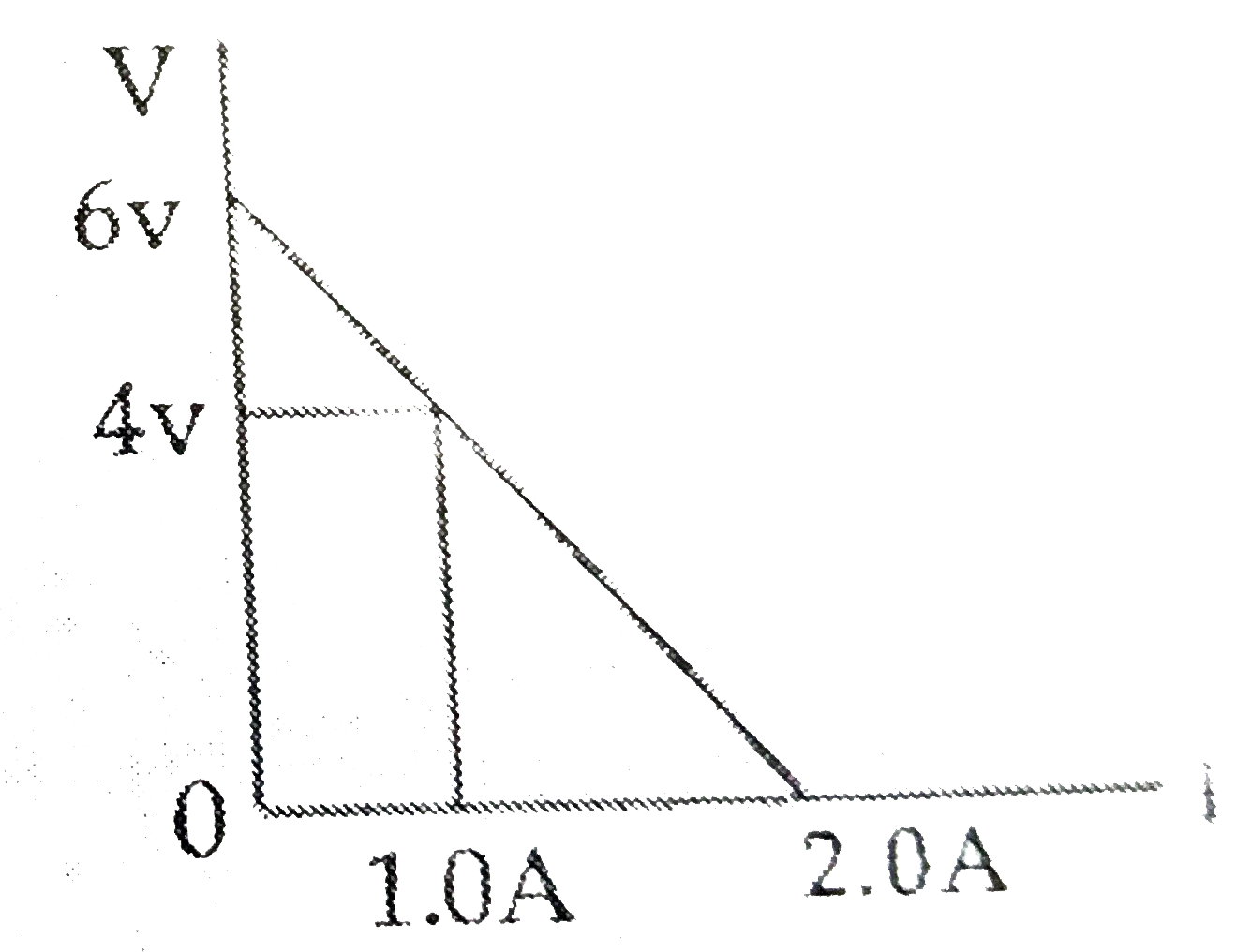A low voltage supply from which one needs high currents must have very low internal resistance. Why?
To understand why a low voltage supply that requires high currents must have very low internal resistance, we can analyze the situation using Ohm's Law. Let's break it down step by step.
1. Understanding Ohm's Law:
- Ohm's Law states that V=I×R, where V is the voltage, I is the current, and R is the resistance.
2. Identifying the Variables:
- In this case, we have a low voltage supply, which means V is a small value.
- We need to draw a high current I from this low voltage supply.
3. Rearranging Ohm's Law:
- From Ohm's Law, we can rearrange it to express current I as:
I=VR
- Here, R is the total resistance in the circuit, which includes the internal resistance of the supply.
4. Analyzing the Relationship:
- Since V is low, in order to achieve a high current I, the denominator R must be small.
- If R is large, the current I will be small because the voltage is fixed and low.
5. Internal Resistance:
- The internal resistance of the supply contributes to the total resistance R.
- Therefore, to maintain a high current output, the internal resistance must be very low.
6. Conclusion:
- In summary, for a low voltage supply to deliver high currents, it is essential that the internal resistance is very low. This ensures that the current can be maximized given the low voltage.
- Ohm's Law states that V=I×R, where V is the voltage, I is the current, and R is the resistance.
- In this case, we have a low voltage supply, which means V is a small value.
- We need to draw a high current I from this low voltage supply.
- From Ohm's Law, we can rearrange it to express current I as:
I=VR
- Here, R is the total resistance in the circuit, which includes the internal resistance of the supply.
- Since V is low, in order to achieve a high current I, the denominator R must be small.
- If R is large, the current I will be small because the voltage is fixed and low.
- The internal resistance of the supply contributes to the total resistance R.
- Therefore, to maintain a high current output, the internal resistance must be very low.
- In summary, for a low voltage supply to deliver high currents, it is essential that the internal resistance is very low. This ensures that the current can be maximized given the low voltage.
Topper's Solved these Questions
- CURRENT ELECTRICITYBOOK - AAKASH SERIESCHAPTER - CURRENT ELECTRICITYEXERCISE - EXERCISE (VERY ANSWER QUESTIONS) (Choose the correct alternative)
3 Videos
- CURRENT ELECTRICITYBOOK - AAKASH SERIESCHAPTER - CURRENT ELECTRICITYEXERCISE - PROBLEMS (LEVEL-1)
17 Videos
- CURRENT ELECTRICITYBOOK - AAKASH SERIESCHAPTER - CURRENT ELECTRICITYEXERCISE - EXERCISE (SHORT ANSWER QUESTIONS)
12 Videos
- COMMUNICATION SYSTEMS BOOK - AAKASH SERIESCHAPTER - COMMUNICATION SYSTEMS EXERCISE - PRACTICE EXERCISE (TV Antenna)
16 Videos
- CURRENT ELECTRICITYBOOK - AAKASH SERIESCHAPTER - CURRENT ELECTRICITYEXERCISE - EXERCISE - IA
2 Videos
Similar Questions
A : A low voltage supply from which high currents are to be withdraw , must have very low internal resistance .
R : Maximum current drawn from a source is inversely proprtional to internal reisistance .
View SolutionA : High voltage ( high tension ) supply must have very large internal resistance.
R: If the circuit is accidentally shorted , then the current drawn will not exceed safely limits if internal resistance is high.
View SolutionAn energy source will supply a constant current into the load if its internal resistance is
View SolutionA 50 V battery is supplying current of 10 A when connected to a resistor. If the efficiency of the battery at this current is 25%, then the internal resistance of the battery is
View SolutionA cell to emf. E and internal resistance r supplies currents for the same time t through external resistanceR1andR2 respectively. If the heat produced in both cases is the same, then the internal resistance is given by :
View SolutionAlkali metals have low ionisation energy. Why is it so?
View SolutionThe figure shows a plot of terminal voltage 'V' verus the current 'I' of a given cell. Calculate from the graph (a) emf of the cell and (b) internal resistance of the cell.

View SolutionA battery of e.m.f 3 V supplies current through a circuit in which the resistance can be changed. A high resistance voltmeter is connected across the battery. When the current is 1.5 A, the voltmeter reads 2.7 V. Find the internal resistance of the battery.
View SolutionA galvanometer of resistance 50Ω is converted into an ammeter by connecting a low resistance (shunt) of value 1Ω in parallel to the galvanometer, S. If full - scale deflection current of the galvanometer is 10 mA, then the maximum current that can be measured by the ammeter is -
View Solution
Noble gases have very low melting and boiling points because.
View Solution
